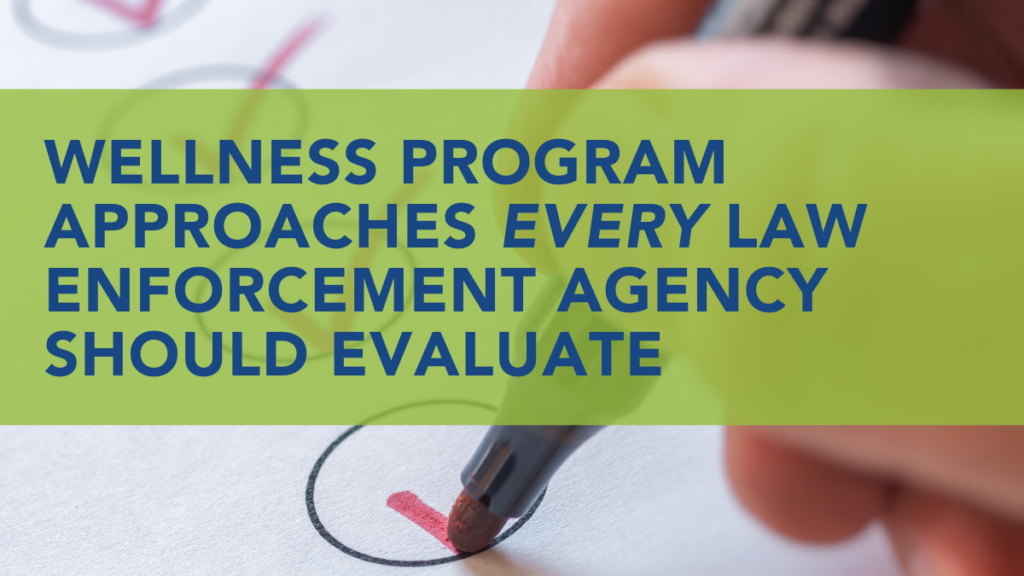21st Century Skills: Developing Today’s Public Sector Workforce
Posted
April 6, 2020
Share:
More than ever before, public safety and other local government agencies – including state, county and all municipalities therein – face a host of challenges within their respective communities. Creative thinking and discovering new ways to problem solve are critical at this time — as is identifying the most effective means for communication and collaboration between colleagues.
 With that said, it is essential for today’s public sector workforces to be equipped with 21st century skills that allow them to be successful in complex work environments . . . while executing daily operations. These skills include:
With that said, it is essential for today’s public sector workforces to be equipped with 21st century skills that allow them to be successful in complex work environments . . . while executing daily operations. These skills include:
- Critical Thinking: The ability to observe, analyze, problem-solve, and make decisions.
- Creative Thinking: The ability to organize, see what’s not there, and problem-solve in an open-minded, stimulating environment.
- Collaboration: The ability to work effectively with others, compromise, and delegate.
- Communication: The ability to share ideas in different formats, both oral and written, as well as actively listening and engage with one another.
- Information Literacy: The ability to identify, find, evaluate, and use information effectively.
- Media Literacy: The ability to identify and utilize different types of media — and understand the messages shared.
- Technology Literacy: The ability to use and understand technology to access, integrate, create and communicate information.
- Flexibility: The ability to adapt to change, as well as the willingness and ability to respond to changing circumstances.
- Initiative: The ability to think individually and innovatively, develop and implement something new, unique or improved . . . and make incremental, bold changes to improve processes.
- Social Skills: The ability to listen, cooperate, and have empathy for others.
- Productivity: The ability to problem-solve, manage time, handle stress, and make solid, actionable decisions.
- Leadership: The ability to think strategically, manage people, initiate change —and plan and deliver on proposed activities and projects.
Source: http://www.nea.org/tools/52217.htm
How Do We Advance 21st Century Skills in the Public Sector Workforce?
We are two decades into the century so the concept of “21st century skills“ is not a new one, and some may assume that today’s workforce has embraced these skills. Yet, research shows that, for many, 21st century skills are still lagging. According to an American Management Association Critical Skills Survey, 51.4 percent of survey respondents said employees had average communication skills — and 46.9 percent stated employees had average skills in creativity. Additionally, in a report by the Stanford History Education Group, individuals in the study demonstrated a lack of literacy skills and had a hard time distinguishing advertisements from news articles . . . or identifying where information came from.
As community leaders, public safety and other local agencies must all take action to continue building these skills. This is not a lofty aspiration.
 With the right tools and plans in place, organizations can provide the training and courses to build their current workforce. Public safety agencies and municipalities can begin by utilizing technology, such as an effective learning management system (LMS), to turbo-charge the learning experience. The Journal stated a 21st century LMS should have an intuitive interface, collaboration tools that go beyond standard teacher-learner communication, analytics and reporting dashboards — and the capacity to structure learning for and individuals, as well as for an entire organization.
With the right tools and plans in place, organizations can provide the training and courses to build their current workforce. Public safety agencies and municipalities can begin by utilizing technology, such as an effective learning management system (LMS), to turbo-charge the learning experience. The Journal stated a 21st century LMS should have an intuitive interface, collaboration tools that go beyond standard teacher-learner communication, analytics and reporting dashboards — and the capacity to structure learning for and individuals, as well as for an entire organization.
Additionally, an effective LMS can provide courses that build specific 21st century skills. A few examples include:
- Courses that are collaborative and measure success by department or unit results build collaboration skills.
- Courses that promote cross-cultural understanding build social skills.
- Courses that provide opportunities for learners to lead, implement and delegate develop leadership skills.
The entire public sector workforce can develop 21st century skills by establishing mentoring programs where individuals collaborate, share knowledge — and communicate both in-person and through written formats. The Alliance for Innovation also suggests organizations can create career development programs, utilizing features in the LMS, where employees move in various directions – gaining essentials skills to keep pace in today’s workplace.
The Benefits Are Clear.
The benefits of developing your workforce goes far beyond day-to-day operations. By advancing 21st century skills, employees are increasing their capabilities to manage their responsibilities efficiently and effectively — and employers are strengthening their internal groups to develop, grow and lead the organization.

If you are ready to learn more about tools that can help your organization build 21st century skills, take a look at our blog post “The Benefits of a Learning Management System for Today’s Public-Sector Organizations.”
Related Posts
Ready to Experience the Benchmark Difference?
Benchmark Analytics and its powerful suite of solutions can help you turn your agency’s challenges into opportunities. Get in touch with our expert team today.



